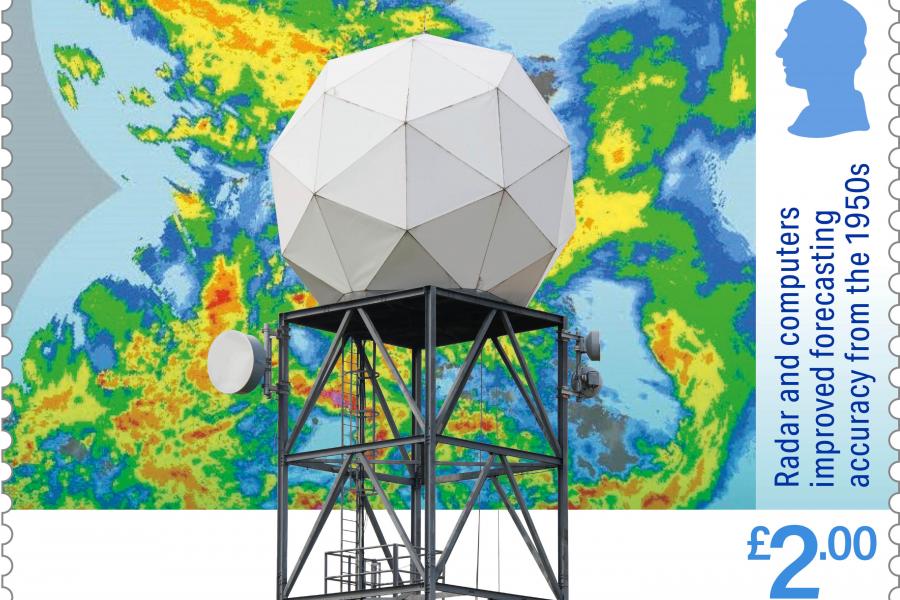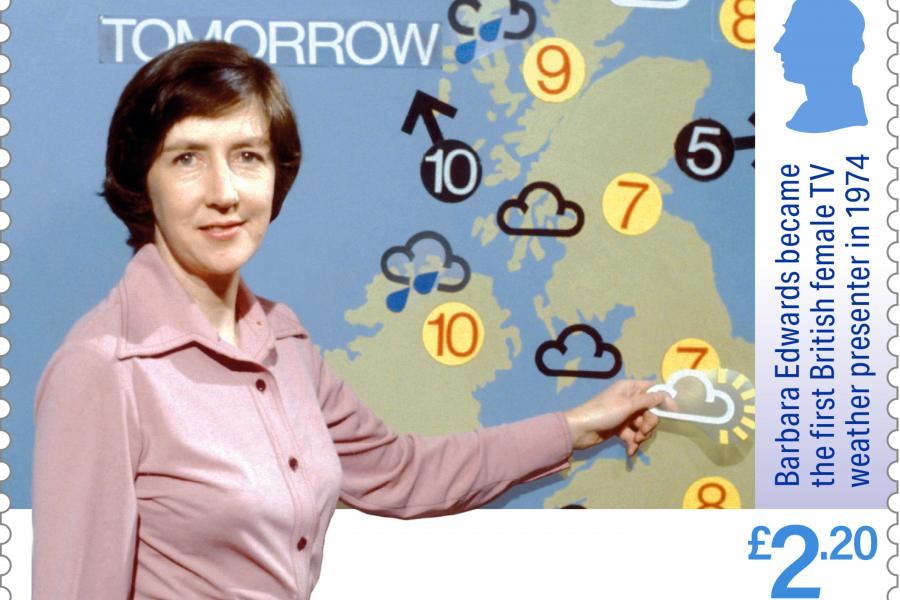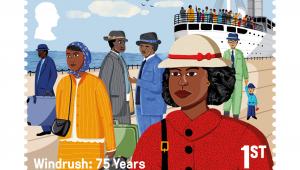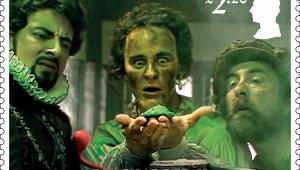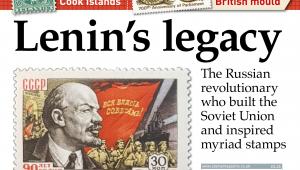Weather Forecasting
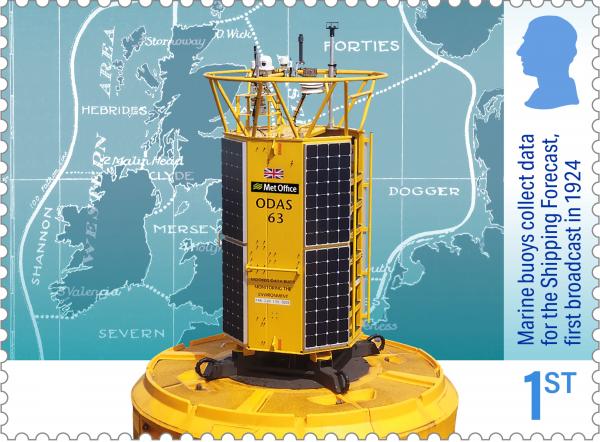
For most of human history, people regarded weather as a mysterious force of nature. The wind might blow, the rain might fall or the sun might shine, but it seemed to happen without a clear pattern. Folklore and astrology struggled to predict what was coming next.
But in the early 19th century meteorology began to emerge as a scientific discipline, transforming our relationship with the atmosphere. The set of eight stamps recalls advances in forecasting over this period.
The Met Office was founded on August 1, 1854, when Robert FitzRoy was asked to establish a new department within the Board of Trade devoted to charting weather observations.
As a naval man (he had been the captain of HMS Beagle, sailing around the world with Charles Darwin), FitzRoy knew the perils of adverse weather, and he established a network of observation stations to detect storms as they approached the British Isles.
In 1861 he began issuing the first storm warnings based on information sent from these stations by telegraph, and invented the term ‘forecast’.
In 1911, storm warnings were extended far beyond the coast, to cover the North Atlantic Ocean more widely. By 1924 they were formalised as a daily radio bulletin known as the shipping forecast, initially broadcast by the Air Ministry and subsequently by the BBC.
To this day Met Office remains at the forefront of meteorology, working around the clock to send forecasts to our personal computers and smartphones, and thereby giving mariners, farmers, generals and commuters the information they need to make better decisions.
The stamps were designed by Hat-Trick Design and printed in litho by Cartor Security Printers. They are available in se tenant pairs.
2nd class CLASSIFYING CLOUDS
Luke Howard, a pioneering British amateur meteorologist, and an illustration from his book, On The Modifications Of Clouds, published in 1803. He classified clouds into types, and gave them Latin-based names such as cirrus, cumulus and stratus.
2nd class FITZROY’S BAROMETER
The storm barometer of Robert FitzRoy, the founder of the Met Office in 1854, and a synoptic chart with coastal observations and isobars dating from 1859.
1st class TERRA NOVA EXPEDITION
Weather observations played an important part in the ill-fated Terra Nova Expedition to Antarctica led by Robert Falcon Scott in 1910–12. It collected a huge trove of data over many months, including a lowest temperature of -60.8°C.
1st class SHIPPING FORECAST
One of the marine buoys which help to collect data for the Shipping Forecast, first broadcast in 1924, and an early map of the North Atlantic divided into distinctively named sea areas such as Hebrides, Shannon, Clyde (now called Malin), Mersey (now called Irish Sea), Severn (now called Lundy), Forties and Dogger.
£2.00 WARTIME ROLE
Weather observers were vital to the success of D-Day, the allied landings in Normandy in 1944. One the most consequential forecasts in history was made by a team of meteorologists, headed by J M Stagg of the Met Office, recommending that the invasion be postponed by a day, to June 6, to avoid unsuitable conditions.
£2.00 RADAR & COMPUTERS
A weather radar station, of the type which began to improved forecasting accuracy from the 1950s, and a weather map produced with the aid of a computer fed with data from many sources in 2020. From 1959, the Met Office had its own computer, named Meteor, which could make 3,000 calculations per second.
£2.20 TELEVISION FORECASTS
Weather forecasts were refined into visual television bulletins, with presenters appearing on screen from 1954. Some became well-recognised figures, such as Barbara Edwards, who was the the BBC’s first female weather presenter in 1974.
£2.20 SATELLITE TECHNOLOGY
One of the geostationary satellites which track the Earth’s weather today, looking down on the atmosphere from space, and a satellite image showing water vapour in the atmosphere.
ADDITIONAL PRODUCTS
Written by Peter Moore, the presentation pack explores the history, science and future of weather forecasting.
A first day cover and stamp cards are also available.
PRICES
Set of 8 stamps £12.40
Presentation pack £13.30
First day cover £15.55
Stamp cards £3.60
VERDICT
COMMEMORATIVE WORTH 4 stars
This is a worthy theme, if not really a landmark anniversary
QUALITY OF DESIGN 3 stars
The imagery and inscriptions are trying to squeeze multiple concepts into limited space, without complete success
WOW FACTOR 2 stars
Historically interesting rather than spectcular, this set is unlikely to set pulses racing




